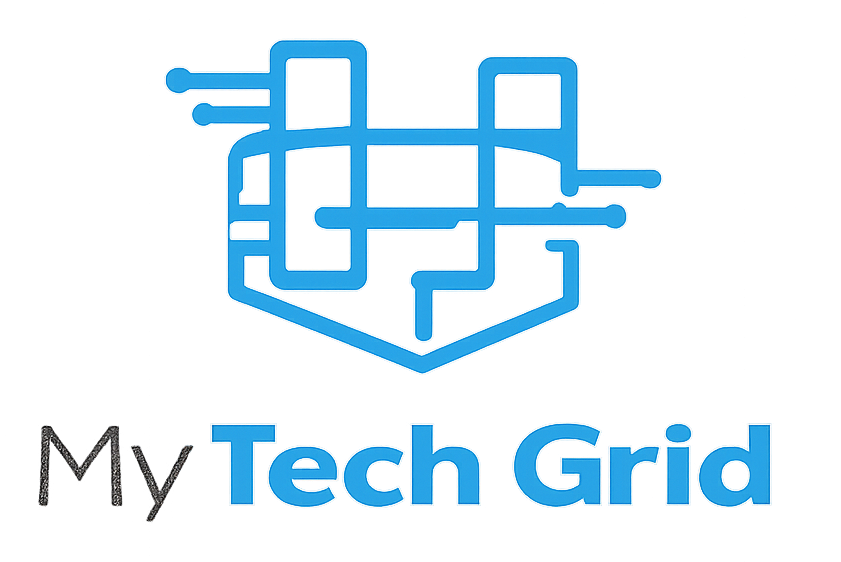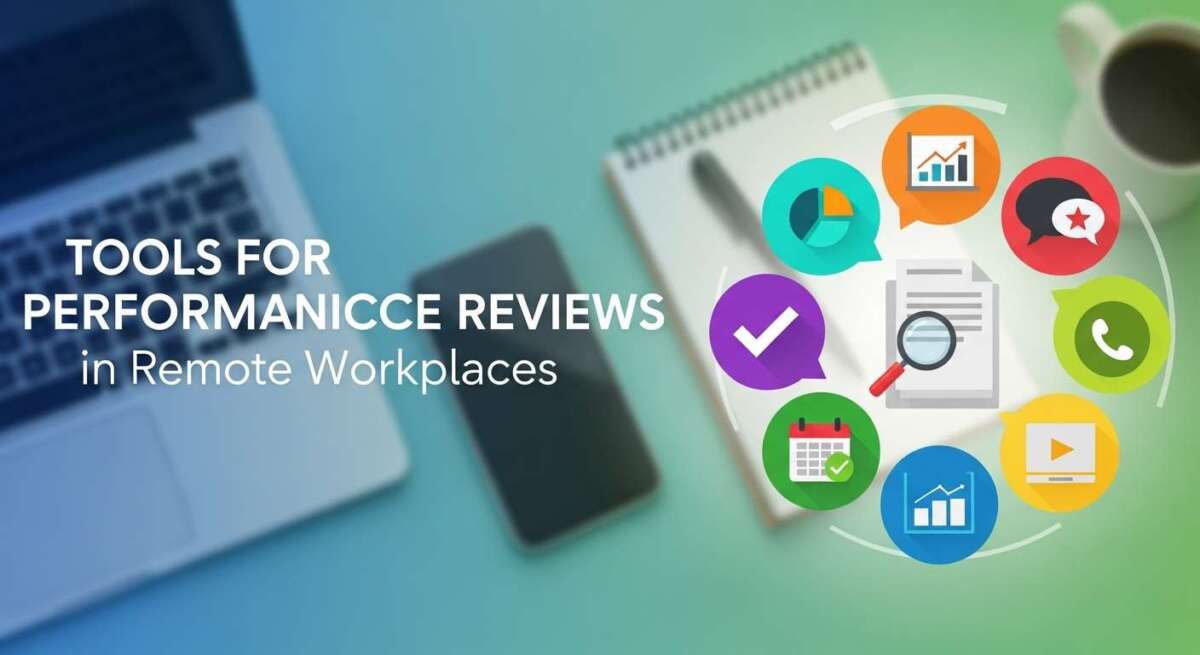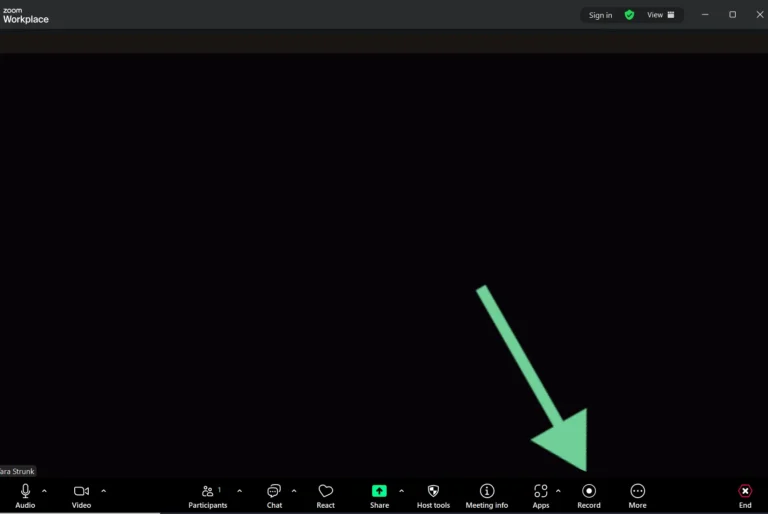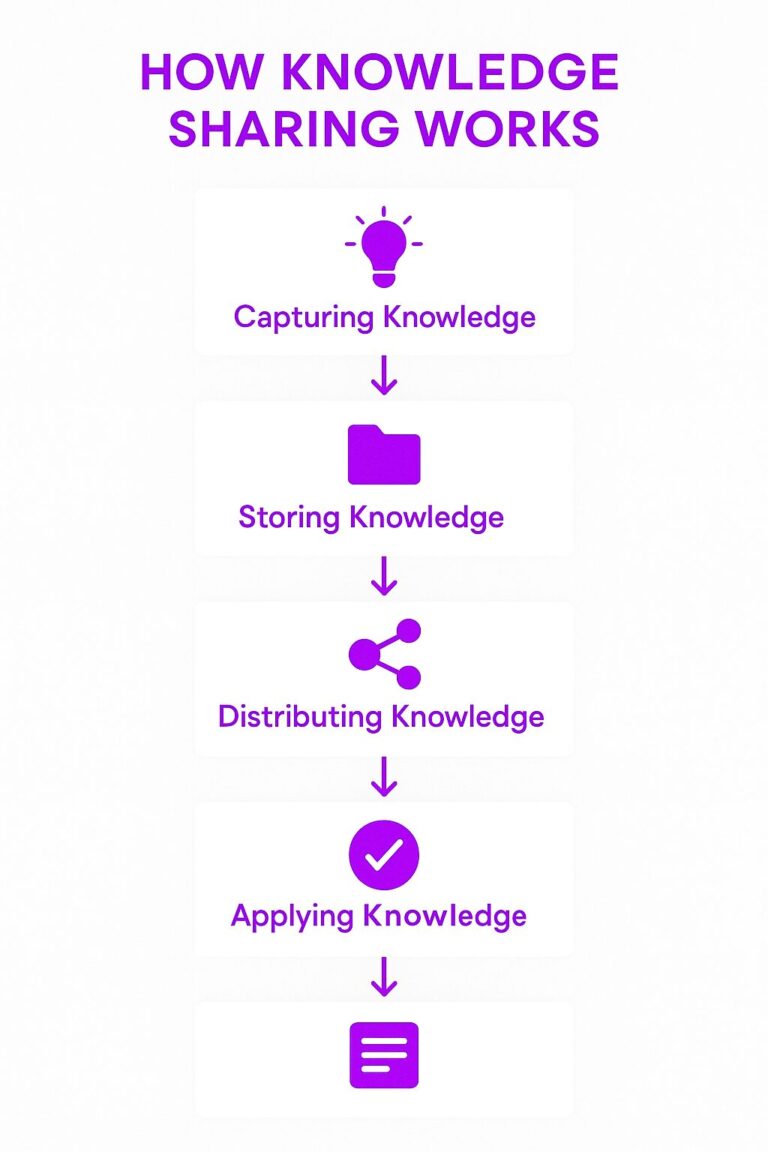Tools for Performance Reviews in Remote Workplaces
Are you struggling to keep performance reviews effective while managing a remote team? You’re not alone.
Remote work changes how you connect, assess, and motivate your employees. Without the right tools, performance reviews can become confusing, inconsistent, or even demotivating. But what if you could simplify the process and make your reviews more meaningful, no matter where your team is located?
This article reveals the best tools designed specifically for performance reviews in remote workplaces—tools that help you stay organized, gather honest feedback, and drive real growth. Keep reading to discover how you can transform your remote performance reviews into powerful conversations that boost productivity and engagement.
Remote Review Challenges
Performance reviews in remote workplaces come with unique challenges. Managers and employees face new obstacles that do not exist in traditional offices. Understanding these challenges is key to improving the review process. Remote work changes how feedback is shared and how productivity is measured. It also affects employee motivation and engagement during reviews.
Communication Barriers
Clear communication is harder without face-to-face interaction. Tone and body language are missing in emails and chats. Misunderstandings can happen easily. Time zone differences slow down response times. This can delay feedback and affect review quality. Video calls help but may not fully replace in-person talks. Managers must work harder to keep communication open and clear.
Tracking Productivity
Measuring productivity is tricky when employees work from different locations. Traditional methods like observing work habits do not apply. Managers rely more on results and output. Setting clear goals and key performance indicators (KPIs) becomes essential. Without proper tools, tracking progress can be inaccurate. This may lead to unfair evaluations or missed opportunities for improvement.
Maintaining Engagement
Engagement drops easily in remote setups. Employees may feel isolated or disconnected from the team. This impacts their performance and motivation during reviews. Creating a supportive environment is important. Managers should encourage regular check-ins and recognize achievements often. Using interactive tools during reviews keeps employees involved and interested. Engaged employees respond better to feedback and grow faster.
Scheduling Reviews
Scheduling performance reviews in remote workplaces requires thoughtful planning. It helps keep everyone aligned and ensures reviews happen on time. Proper scheduling reduces confusion and increases productivity. Clear timing and structure make remote reviews smooth and effective.
Creating Consistent Timelines
Set fixed dates for performance reviews. Consistent timelines help employees prepare well in advance. Monthly, quarterly, or biannual schedules work best. Use shared calendars to remind team members automatically. Regular timing builds trust and shows commitment to growth.
Stick to the schedule even during busy periods. Avoid last-minute changes that disrupt workflow. Consistency improves engagement and review quality. It also helps managers track progress over time clearly.
Setting Clear Agendas
Prepare a simple agenda before the review meeting. Outline key points like achievements, challenges, and goals. Share the agenda with employees to set expectations. Clear agendas keep conversations focused and productive.
Include time for employee feedback and questions. This makes reviews more interactive and balanced. Agendas reduce misunderstandings and help cover all critical topics. A well-planned agenda shows respect for everyone’s time.
Performance Metrics
Performance metrics play a vital role in remote work performance reviews. They help measure how well employees meet their goals. Clear metrics bring objectivity to evaluations. They also guide employees on what to focus on. Remote settings need specific tools to track these metrics effectively. These tools simplify the review process and make it fair.
Key Performance Indicators
Key Performance Indicators, or KPIs, show how well employees perform core tasks. They are simple numbers or percentages tied to job duties. Examples include sales numbers, customer responses, or task completion rates. KPIs help managers see progress clearly. They also help employees understand expectations. In remote work, KPIs must be easy to track online. Using cloud-based software ensures real-time updates. This keeps everyone aligned and focused on goals.
Outcome-based Evaluations
Outcome-based evaluations focus on results, not just activity. They measure what an employee achieves instead of how they work. This method fits remote work well because it values flexibility. Employees can choose their work style but must meet clear targets. Managers assess completed projects, quality, and impact. This approach encourages productivity and innovation. It also reduces micromanagement and builds trust. Digital tools help collect and review outcome data efficiently.
Employee Satisfaction Scores
Employee satisfaction scores reflect how happy workers feel in their roles. These scores come from surveys or feedback forms. They reveal engagement levels and potential issues. High satisfaction often leads to better performance. Remote workers may face isolation or communication problems. Tracking satisfaction helps managers address these challenges. Regular pulse surveys provide quick insights. Tools that analyze sentiment make it easier to understand results. Happy employees contribute to a stronger, more productive team.

Credit: www.nextiva.com
Review Tools
Review tools help managers and employees track performance clearly. They support fair, consistent, and timely evaluations. These tools suit remote workplaces by offering easy access and real-time updates.
Choosing the right review tool improves communication and motivation. Teams stay aligned on goals and progress. The following tools serve different review needs in remote work settings.
Performance Management Software
Performance management software tracks employee goals and progress. It stores review records and schedules evaluations automatically. These platforms often include dashboards to view team performance at a glance. Managers use them to set targets and monitor results efficiently. Employees get clear feedback to improve their work.
Self-assessment Platforms
Self-assessment platforms let employees evaluate their own work. They encourage reflection on strengths and areas to improve. This process promotes honesty and personal growth. Managers gain insights into employee views and challenges. These platforms often guide users with questions and rating scales.
Feedback Collection Apps
Feedback collection apps gather input from peers and managers. They support anonymous or open comments to foster trust. These apps simplify collecting frequent, short reviews instead of long annual ones. Teams build a culture of continuous feedback and recognition. Quick responses help address issues early and boost morale.
Boosting Efficiency
Boosting efficiency in remote performance reviews saves time and improves accuracy. Remote teams benefit from tools that reduce manual work and clarify communication. Efficient processes keep reviews focused and fair. This helps managers and employees stay aligned on goals and progress.
Automating Data Collection
Automated tools gather performance data without extra effort. They track metrics like task completion, deadlines, and feedback scores. This removes the need for manual data entry. Managers get real-time insights into employee progress. Automation reduces errors and speeds up review preparation.
Streamlining Communication
Clear communication tools keep everyone informed and engaged. Chat apps, video calls, and feedback platforms simplify discussions. They allow quick sharing of performance updates and questions. Streamlined communication avoids misunderstandings and delays. Teams stay connected and aligned even across time zones.
Integrating Task Management
Task management systems link daily work with performance goals. They show which tasks are done and which need attention. Integration helps managers see the full picture of employee efforts. It supports fair evaluations based on actual work. This connection motivates employees to meet targets consistently.

Credit: www.quantumworkplace.com
Motivating Remote Teams
Keeping remote teams motivated is key for strong performance and job satisfaction. Distance can create challenges in engagement and communication. Using the right tools and strategies helps build a positive, productive work environment. Motivated employees show higher commitment and deliver better results. Focus on recognizing efforts, encouraging ongoing feedback, and supporting balance between work and personal life.
Recognition And Rewards
Recognizing good work boosts morale and motivation. Remote teams often miss casual praise found in office settings. Use digital tools that highlight achievements publicly and personally. Rewards can be simple, like e-gift cards or extra time off. Celebrate milestones and efforts regularly to keep spirits high. Recognition makes employees feel valued and encourages continued effort.
Encouraging Continuous Feedback
Feedback should be frequent and constructive, not just during reviews. Remote workers benefit from regular check-ins via video or chat tools. This allows quick course correction and growth. Encourage peer-to-peer feedback to build team trust. Use performance management software to track progress and set goals. Continuous feedback keeps communication open and employees engaged.
Supporting Work-life Balance
Work-life balance affects motivation and productivity greatly. Remote work can blur lines between job and home life. Promote flexible schedules to help employees manage personal responsibilities. Encourage breaks and time off to avoid burnout. Use tools that monitor workload and stress levels. Supporting balance shows care for employees’ well-being and keeps motivation strong.
Role Of Managers
Managers play a crucial role in the success of performance reviews in remote workplaces. They act as the bridge between the company’s goals and the employee’s efforts. Their guidance and support help maintain motivation and clarity. Strong management ensures that remote workers stay aligned and engaged.
Setting Expectations
Managers must clearly define job roles and performance goals. Setting expectations helps employees understand what success looks like. Clear guidelines reduce confusion and improve focus. This clarity is vital in remote settings where face-to-face communication is limited.
Providing Regular Feedback
Frequent feedback keeps remote workers informed about their progress. Managers should offer constructive comments and praise often. Timely feedback prevents small issues from growing larger. It also encourages continuous improvement and builds trust.
Fostering Development
Managers should support employees’ growth through training and learning opportunities. They can identify skill gaps and suggest resources to fill them. Encouraging development boosts job satisfaction and performance. Growth-focused managers create a positive remote work culture.

Credit: www.quantumworkplace.com
Frequently Asked Questions
How To Do Performance Reviews Remotely?
Schedule regular reviews and prepare clear agendas. Use measurable metrics and performance management software. Encourage self-assessments, provide frequent feedback, and motivate employees. Foster open communication and include all participants for effective remote performance reviews.
How Do You Evaluate Performance For Those Who Are Working Remotely?
Evaluate remote performance by setting clear goals, tracking project completion, using productivity KPIs, gathering feedback, and conducting regular reviews.
How To Measure Performance Of Remote Workers?
Measure remote worker performance by setting clear goals, tracking project completion, using productivity metrics, gathering employee feedback, and applying assessment tools regularly.
What Are The 3 R’s Of Performance Management?
The 3 R’s of performance management are Recognise, Record, and Reward. Recognise key behaviors, record them, and reward good performance to boost success.
Conclusion
Choosing the right tools simplifies remote performance reviews. Clear goals and regular feedback keep teams aligned. Simple software helps track progress and share results easily. Including self-assessments encourages honest communication and growth. Fair evaluations build trust and improve employee motivation.
Use these strategies to make remote reviews effective and fair. Consistent performance checks support team success from any location.





